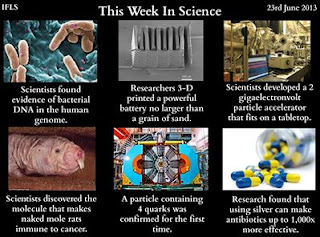A rare state of matter dubbed "nuclear pasta" appears to exist only inside ultra-dense objects called neutron stars, astronomers say.
There, the nuclei of atoms get crammed together so tightly that they arrange themselves in patterns akin to pasta shapes — some in flat sheets like lasagna and others in spirals like fusilli. And these formations are likely responsible for limiting the maximum rotation speed of these stars, according to a new study.
"Such conditions are only reached in neutron stars, the most dense objects in the universe besides black holes," said astronomer José Pons of Alicante University in Spain.
This new phase of matter had been proposed by theorists years ago, but was never experimentally verified. Now, Pons and his colleagues have used the spin rates of a class of neutron stars called pulsars to offer the first evidence that nuclear pasta exists.
Pulsars emit light in a pair of beams that shoot out like rays from a lighthouse. As the pulsars spin, the beams rotate in and out of view, making the stars appear to "pulse" on and off, and allowing astronomers to calculate how fast the stars are spinning.
Researchers have observed dozens of pulsars, but have never discovered one with a spin period longer than 12 seconds. "In principle, that is not expected. You should see some with larger periods," Pons told SPACE.com. A longer spin period would mean the star is spinning more slowly.
But the pasta matter could explain the absence of pulsars with longer spin periods. The researchers realized that if atomic nuclei inside the stars were reorganizing into pasta formations, this matter would increase the electric resistivity of the stars, making it harder for electrons to travel through the material. This, in turn, would cause the stars' magnetic fields to dissipate much faster than expected. Normally, pulsars slow their spin down by radiating electromagnetic waves, which causes the stars to lose angular momentum. But if the stars' magnetic fields are already limited, as would happen with pasta-matter, they cannot radiate electromagnetic waves as strongly, so they cannot spin down.















-8.png)


